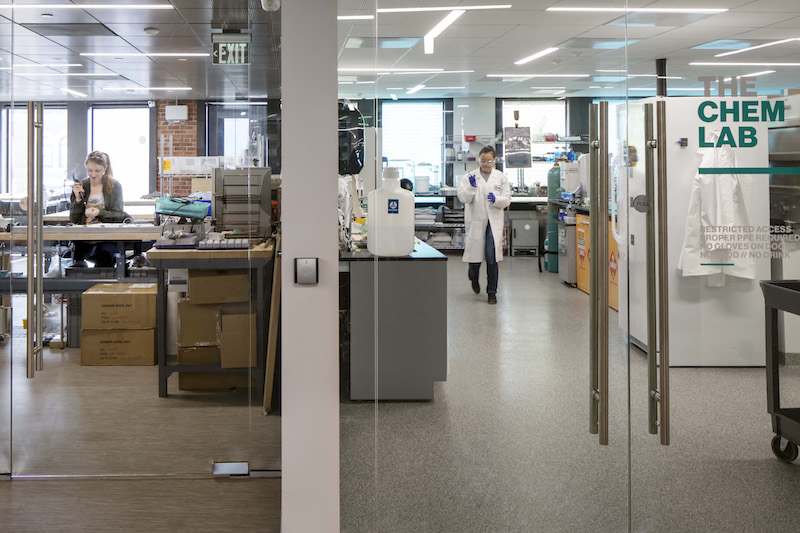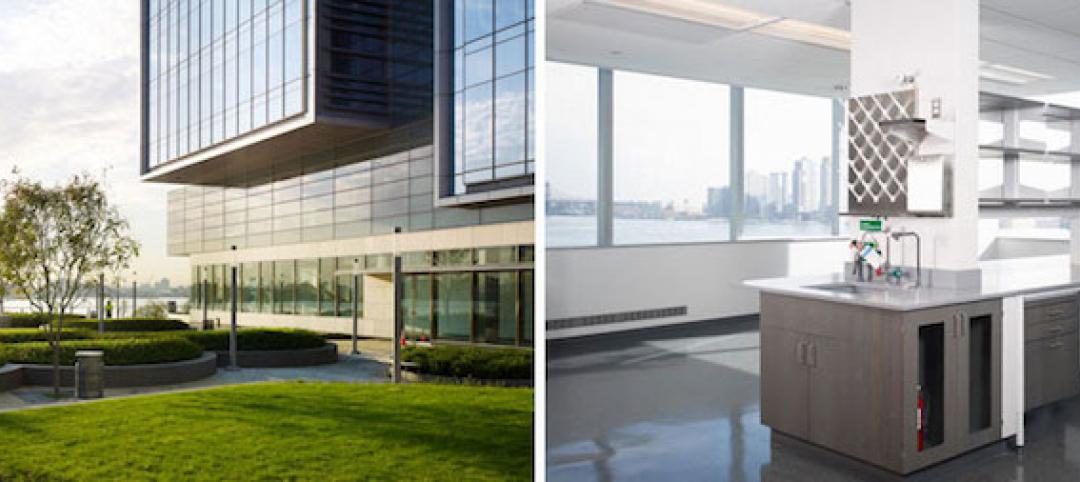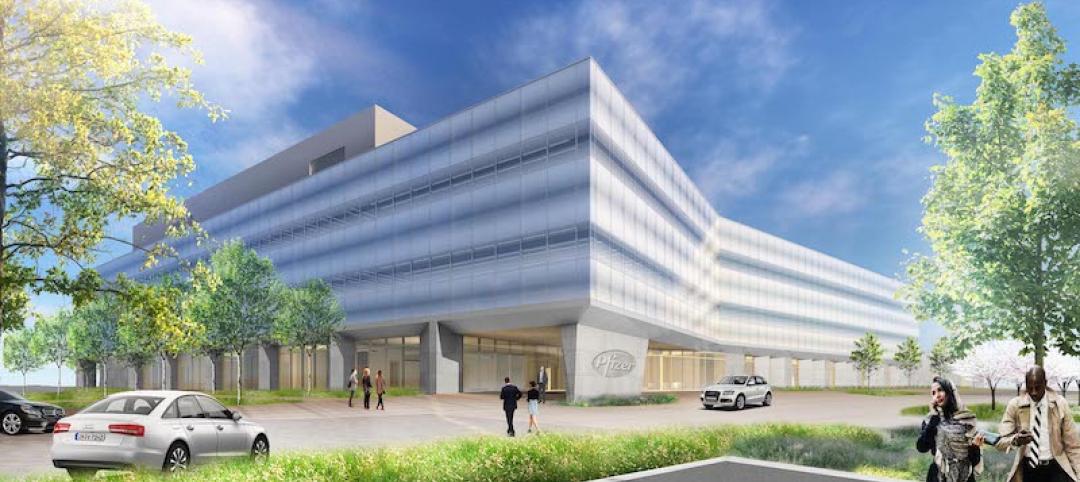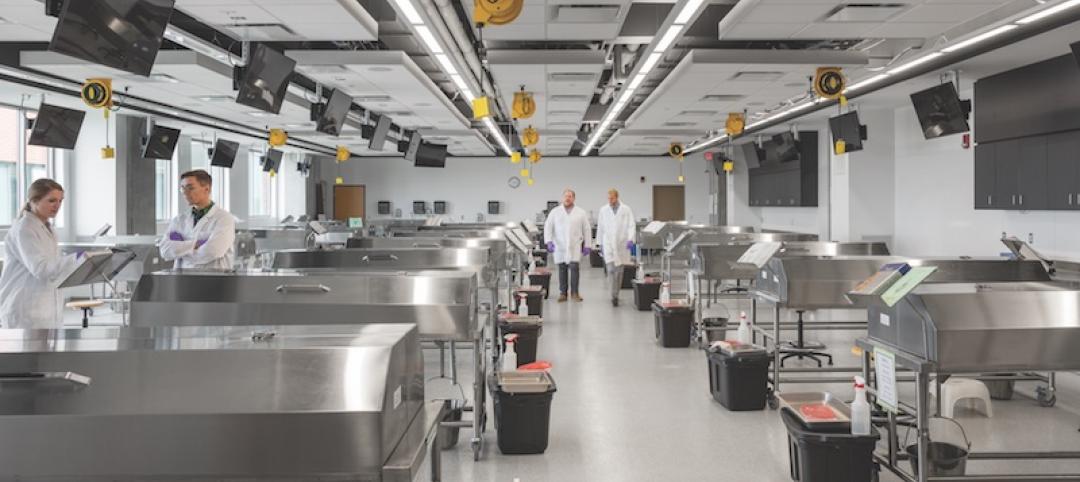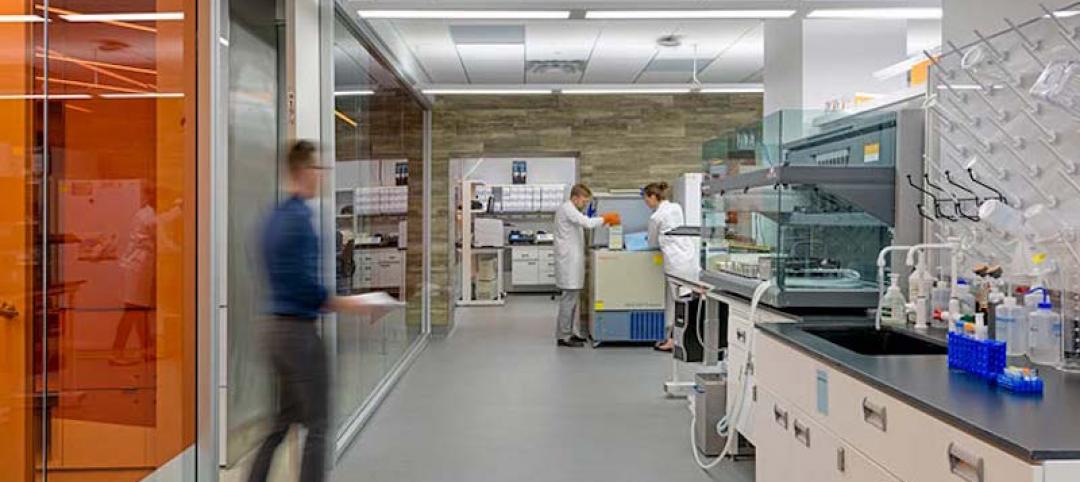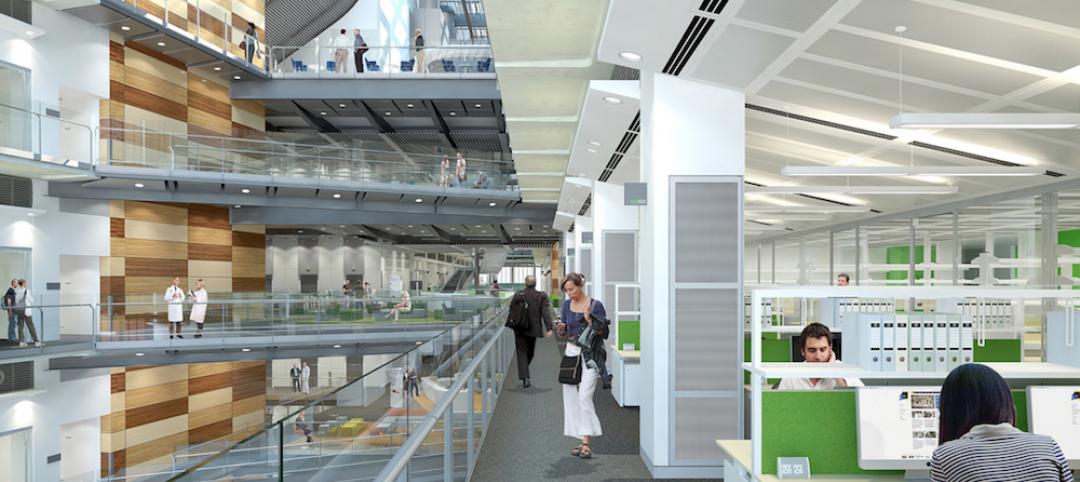Located in “the most innovative square mile on the planet” in Cambridge’s Innovation District, The Engine represents a new accelerator facility and incubator space for the Massachusetts Institute of Technology.
Designed by SGA, the 26,000-sf innovation hub will support technologies that are slow to develop and often take years to bring in revenue. These technologies will included robotics, manufacturing, medical devices, and energy. The facility will provide technical facilities, financial stability, specialized equipment, streamlined business services, connections to influential alumni, and experts in a variety of fields.
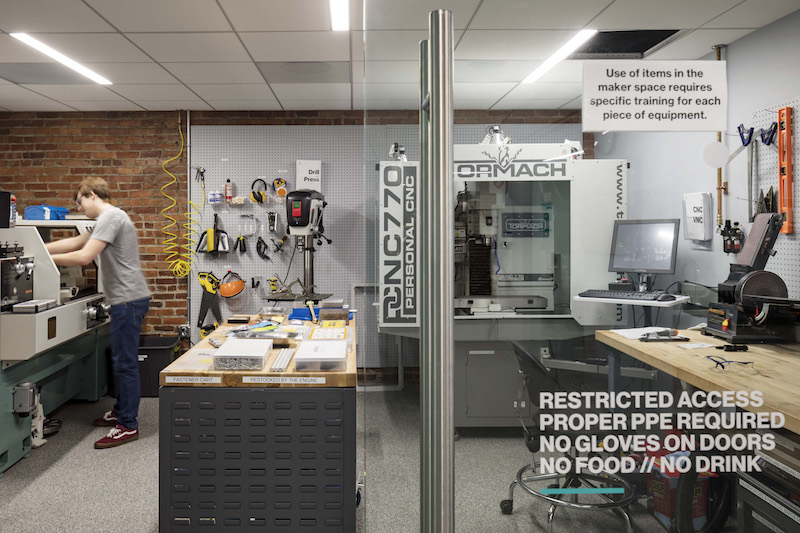
Virtual Design and Construction technology was used heavily in the design process. SGA virtually rendered The Engine’s reception, cafe, and training areas. Using this technology helped “MIT envision the space and expedite stakeholder decisions,” according to SGA Partner Adam Spagnolo.
The Engine is jointly backed by MIT and additional venture capital funding, including Massachusetts luminaries such as Robert Kraft (Owner of the New England Patriots).

See Also: This space hotel design from MIT won NASA’s graduate design competition
Related Stories
Laboratories | Sep 12, 2017
New York City is positioning itself as a life sciences hub
A new Transwestern report highlights favorable market and regulatory changes.
Laboratories | Aug 3, 2017
Today’s university lab building by the numbers
A three-month study of science facilities conducted by Shepley Bulfinch reveals key findings related to space allocation, size, and cost.
Laboratories | Jul 18, 2017
Pfizer breaks ground on new R&D campus in St. Louis suburb
The facility will consolidate the company’s local workforce, and provide flexible work and research spaces.
Building Team Awards | Jun 12, 2017
The right prescription: University of North Dakota School of Medicine & Health Sciences
Silver Award: North Dakota builds a new medical/health sciences school to train and retain more physicians.
Laboratories | Apr 13, 2017
How to design transformative scientific spaces? Put people first
While most labs are designed to achieve that basic functionality, a transformational lab environment prioritizes a science organization’s most valuable assets: its people.
Laboratories | Sep 26, 2016
Construction has finished on the world’s largest forensic anthropology lab, designed by SmithGroupJJR
The lab’s main purpose will be to help in the investigation, recovery, and accounting of Americans lost in past wars.
Laboratories | Aug 8, 2016
The lab of the future: smaller, flexible, tech-enabled, business focused
A new CBRE report emphasizes the importance of collaboration and standardization in lab design.
Laboratories | Jun 16, 2016
How HOK achieved design consensus for London's Francis Crick Institute
The 980,000-sf, $931 million facility is the result of a unique financing mechanism that brought together three of the U.K.’s heaviest funders of biomedical research—the Medical Research Council, Cancer Research UK, and the Wellcome Trust—and three leading universities—University College London, Imperial College London, and King’s College London.


